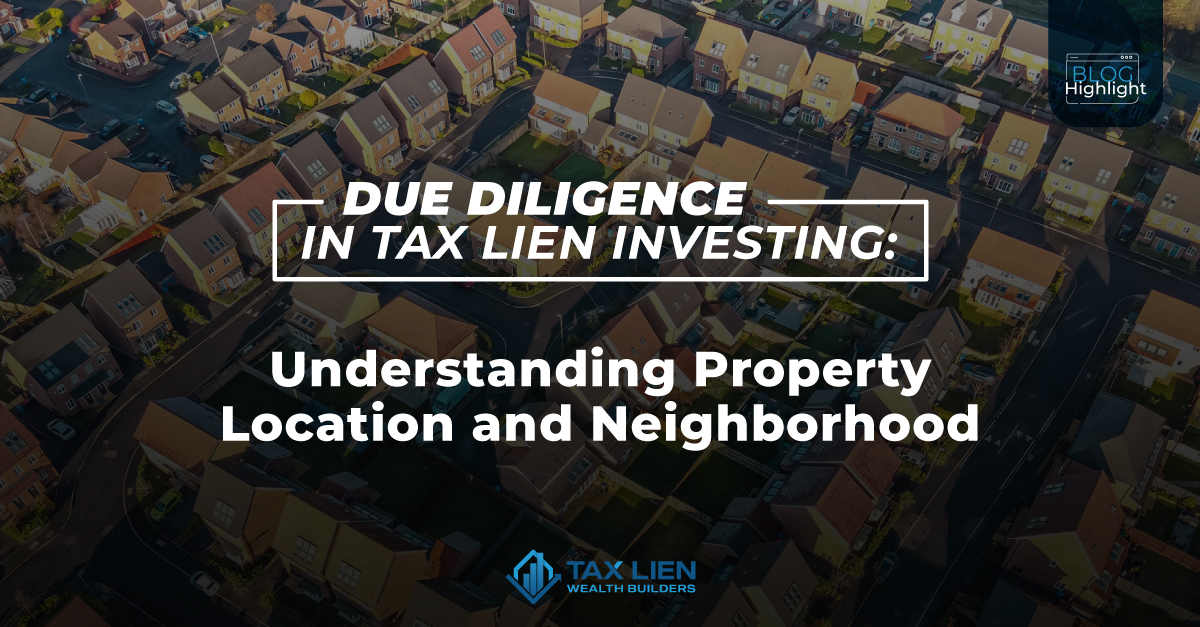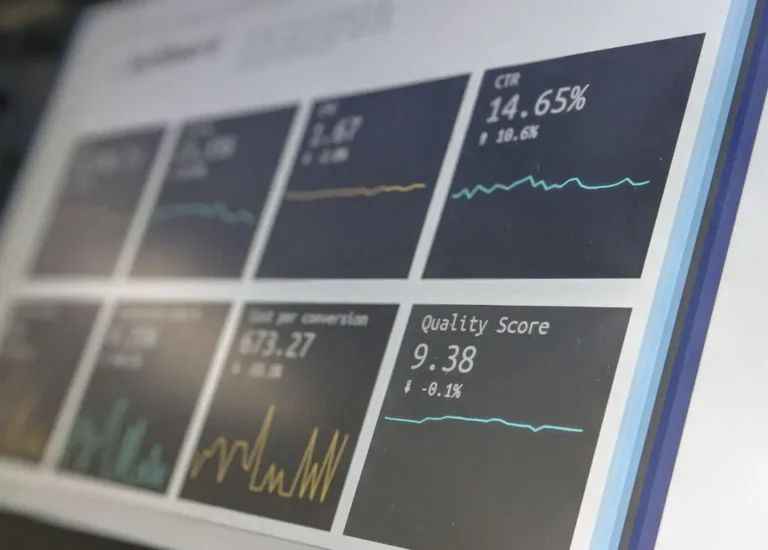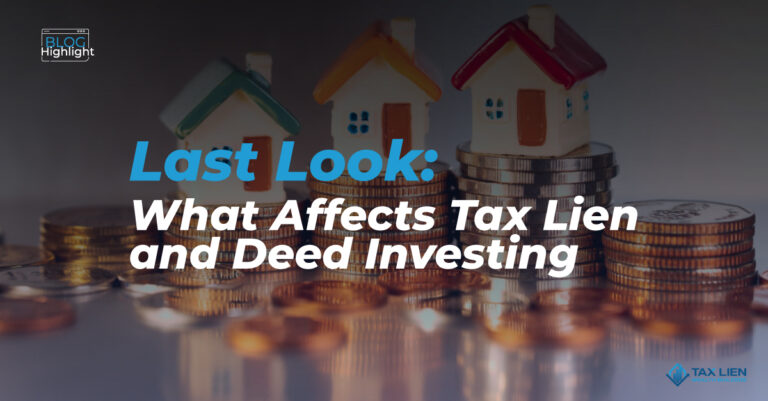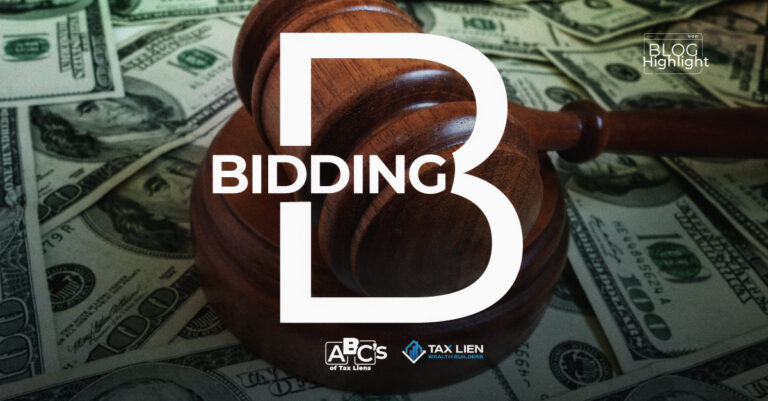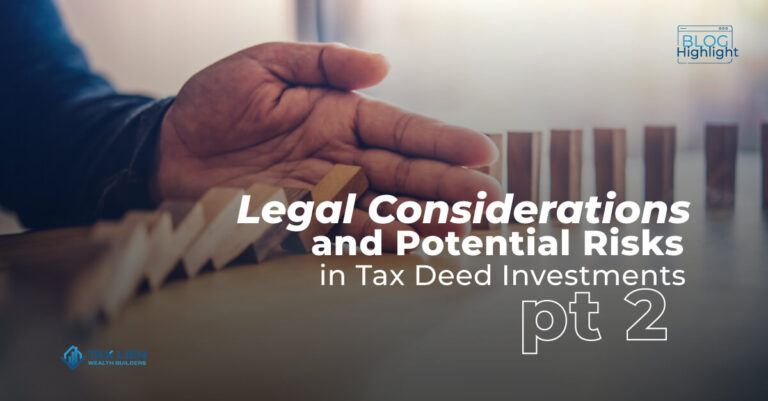Due Diligence in Tax Lien Investing: Understanding Property Location and Neighborhood
Property location is one of the most important factors to consider when investing in tax liens.
It doesn’t matter if you’re a newbie or a seasoned pro – understanding this aspect is crucial.
Getting a grip on the ins and outs of property location can make or break your investments.
Let’s dive into why location is so important and how it can impact your investments:
Why is Location Important in Tax Lien Investing?
Here’s the deal: a tax lien certificate gives you the right to collect overdue taxes on a property.
If the debt isn’t paid, you might even end up owning the property.
Property values depend heavily on location, among other things. So, it’s crucial to pay attention to where the property is before making any decisions.
A prime location can mean higher property values, better chances of reselling, and a more secure investment overall.
Evaluating location as an investor
First things first, you need to figure out how the state handles tax lien investing.
Each state has its rules and regulations, which can affect how your investments turn out.
Some states have shorter redemption periods, meaning you could get the property faster if taxes aren’t paid.
Others might have higher interest rates on unpaid taxes, which could mean a better return for you.
Next up, look at the city where the property is.
Urban areas usually have higher property values and more investment opportunities, which also means more competition.
Smaller cities might be less competitive, but property values are usually lower.
Don’t forget about the neighborhood.
This is where the real action happens. A well-kept neighborhood is more likely to attract buyers and renters, and the property value might increase.
Keep an eye out for places with a strong sense of community, signs of economic growth, and well-maintained properties.
Identifying a Good Neighborhood As an Investor
Crime rates
Nobody wants to live or invest in high-crime areas. They scare off potential buyers and can bring down property values. Focus on neighborhoods with low crime stats.
School districts
Good schools attract families, which can drive up housing demand in the area. Properties in good school districts tend to hold their value better and are usually easier to sell or rent.
Amenities
The closer the property is to essential amenities, the better. Parks, shopping centers, restaurants, and public transport can make a neighborhood more appealing.
These facilities add value to the area and increase demand, which can drive up property values and make your investment more profitable.
To put all this in perspective, let’s look at some examples:
A good location might be a suburban neighborhood with low crime, great schools, and plenty of amenities. A tax lien investment here is likely to be safer.
Even if the property owner pays off the lien, you’ll still earn a solid return due to the desirable location.
A bad location could be a property in a struggling urban area with high crime, poor schools, and few amenities. The property might be cheap to get, but selling it later could be a real challenge. You might end up with a property nobody wants, turning what seemed like a bargain into a financial headache.
Remember, the success of your tax lien investment depends a lot on how well you do your research.
When you understand how location impacts your investment, you can make smarter decisions and boost your chances of turning a profit.
A well-chosen location not only protects your investment but can also significantly boost your returns.

